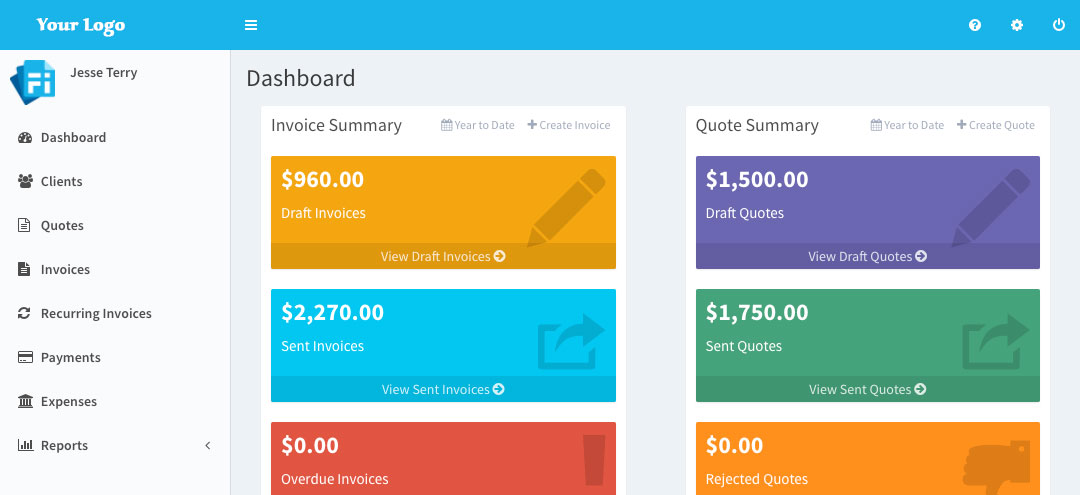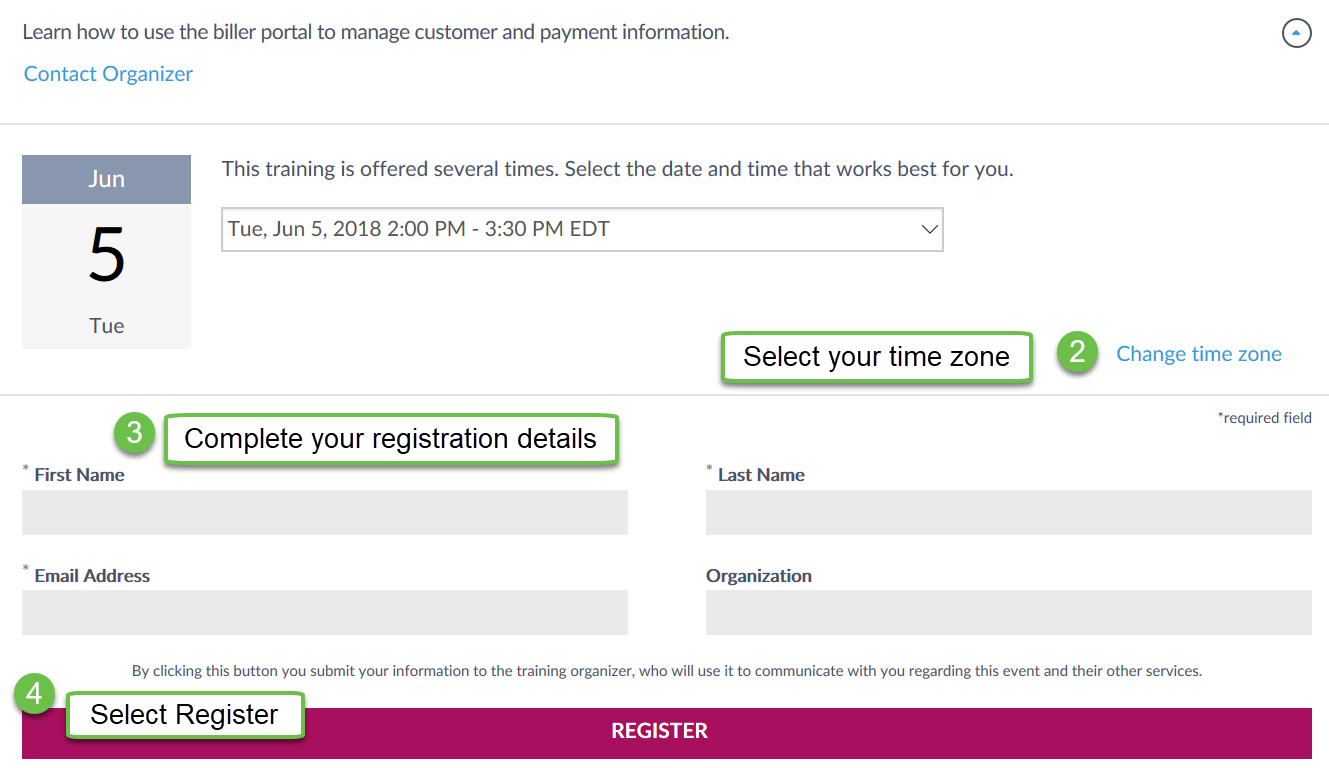

This eliminates having to print them out or file them in a cabinet. With all of these records being stored on the cloud, they’re automatically backed up online. This way you’re not wasting time retyping customer or supplier information every time you create an invoice.įurthermore, you can upload and attach documents to accompany your estimates or invoices, such as receipts or photos of your work. Since everything is on the cloud, you can store your clients’ or suppliers’ information. It could be a simple “thank you for your business,” link to a report they may find interesting, or a discount on future work. You can also add messages that will improve your relationship with your customers. It’s an effective way to get paid on-time. That may not sound important, but considering that including your logo increases payments by three times. With a cloud-based invoicing solution you can add your logo, color scheme, and fonts that mirror your brand’s identity. Cloud-based online invoicing enhances brand identity and improves customer relationships.
INVOICING CLOUD PROFESSIONAL
After all, would they trust you as a professional if you can’t even bill them correctly?Īs if that weren’t enough, errors and disputes may cost you thousands of dollars to rectify.īecause online invoicing does the math for you, you don’t have to be concerned about these potential errors and disputes. Even more detrimental, it can damage the relationship with your clients.

It may not appear like a big deal initially, but these cause payment delays. This could be an honest mathematical error or sending the invoice to the wrong individual. It reduces errors and disputes.īecause creating a paper invoice involves multiple steps, there’s bound to be some mistakes along the way. There’s also a security staff that monitors its servers 24/7/365. Furthermore, companies like Due encrypts all transactions and use anti-fraud algorithms that employ machine-learning technology. Thankfully, cloud-based invoicing can put everyone’s minds at ease.Įvery reputable online invoicing platform must adhere to PCI Security Standards. Security should be a top priority for you and your clients. Essentially, auto-cloud based invoicing puts your billing on autopilot. Additionally, with automation invoices send upcoming and late-payment reminders. Instead of creating and sending an invoice each month the money is withdrawn automatically from the client’s credit card or bank account.īesides saving you time, it ensures that you don’t get stiffed on a payment. Cloud-based technology is ideal especially when you’re running a subscription-based business or you have recurring invoices. When you use cloud-based technology, you also get the perks of automation. That’s because you’re eliminating those costs that were listed above.
INVOICING CLOUD MANUAL
In most cases, businesses can end-up saving anywhere between 60–80 percent over manual processing.


There are also indirect costs (paying someone to input data) and hidden costs (waiting and watching for payment, errors).Ĭompare that to around $3.50 per electronic invoice. That’s because each paper invoice comes with direct costs like paper and postage. On average, paper invoices are between $12 to $30 each. Since payment delays are a leading culprit of working capital woes, this ensures that your cash flow is healthy. That’s a big considering 66 percent of small and medium businesses face working capital issues. When you’re getting paid that quickly it improves your cash flow. Thanks to Due’s Digital Wallet, funds are available immediately. That’s because you don’t have to deal with snail mail. The main advantage of cloud-based online invoicing is that you get paid quickly. While that’s promising, it’s a shame that the figure isn’t higher considering cloud-based invoicing comes with the following benefits: Cloud-based online invoicing gets you paid faster. Bruno Koch notes in the Billentis Report 2016 that it’s expected the 2016 volume for e-bills/e-invoices will be around 30 billion worldwide with annual growth rates of 10–20 percent. Despite the fact that electronic invoicing has been steadily growing over the last couple of years, paper invoices still dominate.


 0 kommentar(er)
0 kommentar(er)
